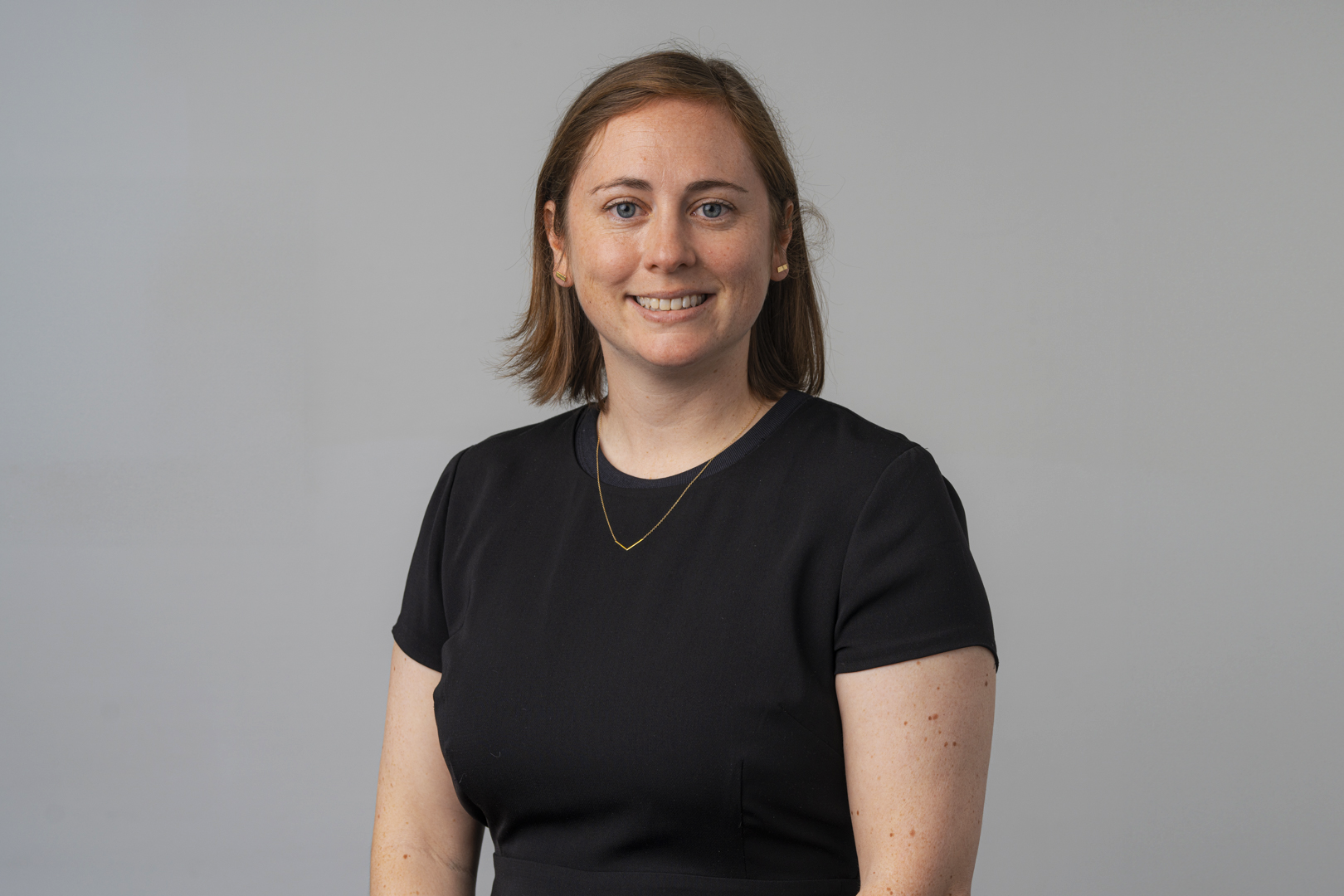Rachel Lupien
Research leader

Project title
BRAINSTORM: Biomarker Records of Africa Improved by Neural networks, Studies of Terrestrial Oscillations, and Revamped Methods
What is your project about?
My project is about the relationship between our early human ancestors and their environment. Natural climate change had major impacts on our hominin ancestors by altering habitat, diet, resource availability, and migration pathways. However, it is unclear how long-term climate cycles driven by the Earth’s orbit around the Sun would impact hominins that only lived a for a few decades. BRAINSTORM aims to bridge the gap between long-term climate trends and generational evolutionary responses by developing a novel geochemical method, generating new paleoclimate records from East Africa, implementing neural network machine learning, and forcing evolutionary models with real climate histories. Ultimately, my team will propose a new theory that links the natural climate cycles, which are clearly important for hominin evolution, to evolutionary responses.
How did you become interested in your particular field of research?
I have always been drawn to interdisciplinary sciences, including during my early education in Geology, which is a combination of chemistry, biology, physics, and more. The fields of paleoclimatology and paleoanthropology have been working alongside each other for a long time now, uncovering past hominin environments in various locations and time periods. However, the knowledge is often presented in parallel with little interaction, which is why various hypotheses depend on correlation, rather than a causal relationship. I have helped drive the field towards appreciating the necessity for increasing the resolution of our climate records, but with BRAINSTORM, I will take that idea to the next level in a creative and multifaceted way that tests evolutionary hypotheses head on.
What are the scientific challenges and perspectives in your project?
There is a major disconnect between the timescales used in paleoclimatology and paleoanthropology, where the correlation of climatic and hominin events has been interpreted as causation. While long-term (tens of thousands of years) climate changes driven by Earth’s orbit have been suggested and demonstrated to coincide with major evolutionary events, it still remains unknown how such long-term climate change would affect hominin populations that evolve in response to environmental changes in the span of a lifetime. The novel and holistic approach of BRAINSTORM will not only characterize the previous gap between long climate timescales and short human timescales but will also demonstrate precisely which aspects of climate and environmental change, including abrupt shifts, and stronger variability, drove hominin evolution.
What is your estimate of the impact, which your project may have to society in the long term?
Understanding how environmental change impacts early human evolution is central to our ancestral story. The hot topics of climate and evolution will engage people of all ages and bring the interdisciplinary field into the public eye. BRAINSTORM will enhance our understanding of the climate system, evolutionary stressors, and the interaction between the two. The development of new geochemical techniques and the application of state-of-the-art computational techniques will allow us to disentangle this complex relationship. In the context of current and future warming, BRAINSTORM will not only characterize how the climate-vulnerable region of East Africa may fluctuate in the future but will also elucidate which aspects of future climate change are the most detrimental to humans living in the ver yhot equatorial regions.
Which impact do you expect the Sapere Aude programme will have on your career as a researcher?
My long-term professional goal is to be widely known as a leader in groundbreaking interdisciplinary science, bridging the gap both between paleoclimatology and paleoanthropology, and between analytical and computational techniques. With the Sapere Aude: DFF-Starting Grant, I will be able to expand my research group to include a postdoc and two PhD students to tackle these pressing and impactful research questions with broad reach and public appeal. The support for BRAINSTORM will lead to an exciting career far beyond the scope of the project and will open new lines of research for many to come. I aim to center inclusivity in my research group and demonstrate that diversity and equity are beneficial for scientific progress.
Background and personal life
I moved to Denmark from the US a couple of years ago now and absolutely love my new home. I miss my family back in the US but feel very lucky to have been joined by my husband and cat, Tina, who are also enjoying the long summer days. I like gravel cycling, knitting (a new hobby for me since moving to Denmark!) and sipping cocktails on the cobblestone streets of Aarhus.
View all research leaders here
Research institution
Aarhus University
Research field
Paleoclimatology
City of your current residence
Aarhus
High school
Friends School of Baltimore in Maryland, USA
